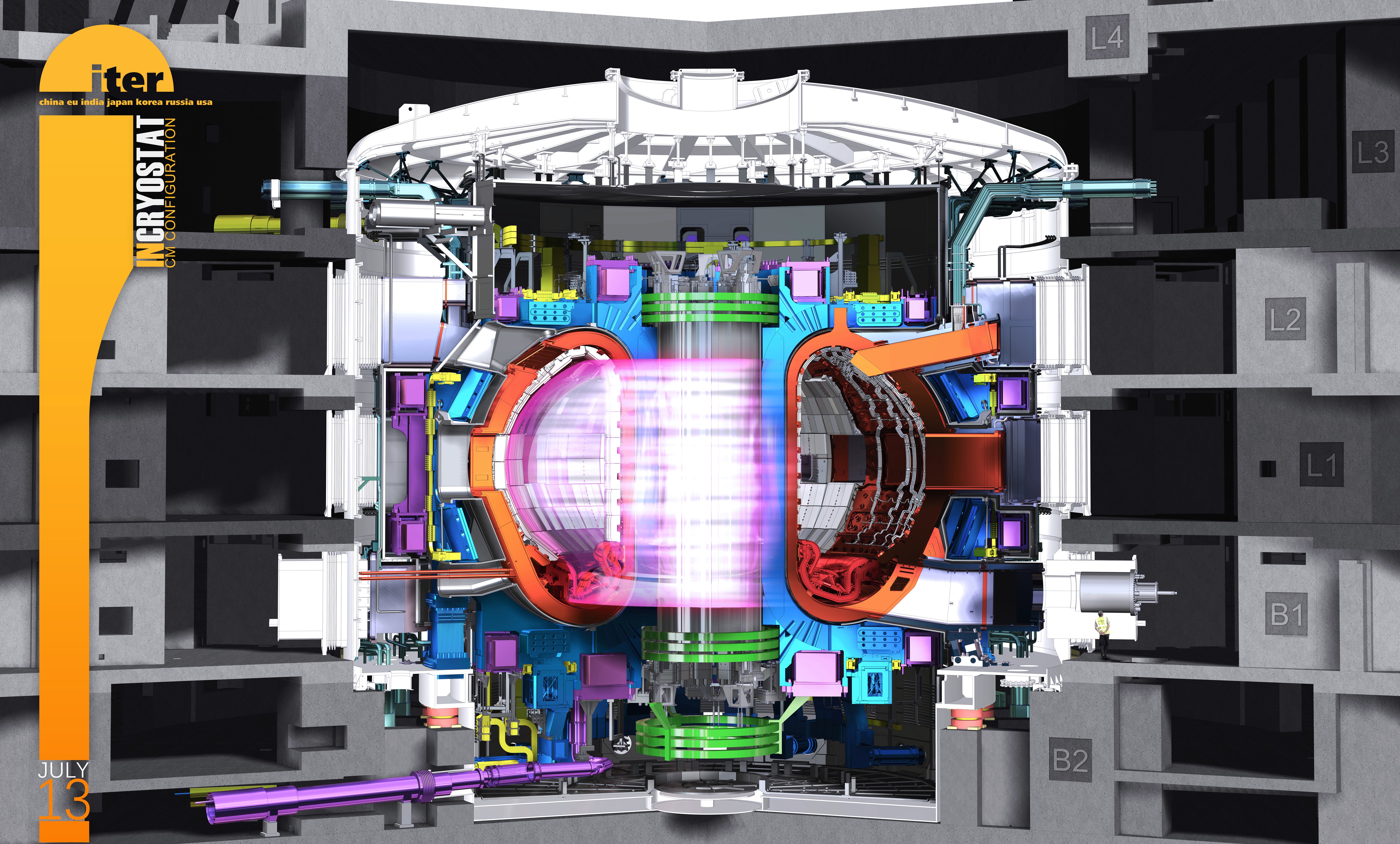A thin vapour cloud in front of a liquid metal may be the solution to protecting the reactor walls of future fusion power plants to the extreme heat fluxes encountered. In Nature Communications, PhD candidate Stein van Eden and colleagues at DIFFER and Ghent University presents measurements of a vapour cloud catching and redistributing the energy from the incoming plasma in the reactor. The work indicates that liquid metal walls are a promising concept for future fusion reactors like DEMO.

Oscillatory vapour shielding of liquid metal walls in nuclear fusion devices
G.G. van Eden, V. Kvon, M.C.M. van de Sanden, T.W. Morgan
doi: 10.1038/s41467-017-00288-y
With preparations for the ITER fusion project ongoing, some researchers are looking beyond it, to the first electricity-generating fusion power plants. These DEMO reactors will mimic the fusion process between hydrogen nuclei at the heart of the stars to produce safe and practically inexhaustible energy. The wall material to handle the heat and particle bombardment (plasma) at ITER's exhaust or divertor will be made out of tungsten, but even this metal will likely not be up to the more intense conditions in DEMO power plants.
Liquid metal and vapour shielding
In their Nature Communications paper, Stein van Eden and his colleagues explored the concept of a self-healing liquid metal wall for fusion power plants. This liquid - for instance tin or lithium - flows through a mesh of tungsten and continuously repairs itself from plasma damage. Especially interesting is the growing and shrinking cloud of vapour that will form above the liquid, as it can absorb heat and incoming particles from the plasma before they hit the surface and radiate energy away over a much larger surface than the original strike zone.
Van Eden's research shows that vapour shielding acts to automatically stabilise the surface temperature, even during variations in the oncoming plasma. When the surface temperature starts to rise, more liquid metal will evaporate, leading to a denser vapour cloud which absorbs and redistributes energy from the plasma. With such self-regulating and self-healing properties, liquid metal walls could have a bright future ahead of them.

Go to the News page.